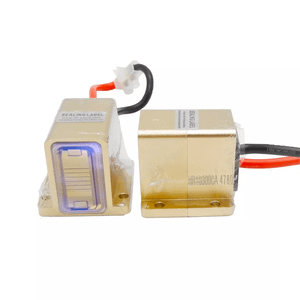Electronic Components Supplier | Transformers, Inductors, Inverters
PRODUCT PARAMETERS
Description
Overview of bidirectional thyristor module
Thyristor is a solid-state semiconductor device composed of four layers of alternating P- and N-type materials. It functions as a bistable switch, conducting current only when triggered by a gate signal, and remains conducting until the voltage across it drops below a certain threshold. Thyristors are widely used for controlling high-power electrical circuits, offering efficient and reliable performance in various industrial and electronic applications.
Features of bidirectional thyristor module
- High current and voltage handling capabilities
- Low on-state voltage drop, reducing power loss
- Fast switching speeds for precise control
- Latching behavior: once triggered, remains conducting without continuous gate signal
- Robust and durable design suitable for harsh environments
- Available in various types (e.g., SCR, TRIAC, GTO) for specific needs
(bidirectional thyristor module)
Specifications of bidirectional thyristor module
This bidirectional thyristor module controls AC power effectively. It handles high voltage and high current in both directions. Think industrial motor drives, heating systems, or lighting controls. Key specs define its performance limits.
The voltage rating is VDRM. This is the maximum repetitive voltage the device blocks safely. Do not exceed this voltage. A higher VDRM suits tougher electrical environments. The current rating is ITRMS. This is the maximum continuous RMS current the module conducts. Your load current must stay below this limit. Peak surge current (ITSM) matters too. This is the highest short-term current it survives, like during startup faults.
Gate triggering starts conduction. The gate trigger current (IGT) is the minimum current needed to turn the thyristor on. The gate trigger voltage (VGT) is the voltage needed to deliver that gate current. Keep gate drive signals above these levels for reliable switching. The holding current (IH) is important. Once triggered, the thyristor stays on until the main current drops below this level.
Heat management is critical. The thermal resistance (Rth(j-c)) shows how easily heat flows from the silicon chip to the module case. A lower number means better heat transfer. Use a good heatsink to keep the junction temperature (Tj) within its maximum rating. This prevents damage. Isolation voltage (Visol) is another safety spec. It shows the maximum voltage the module blocks between its internal circuitry and the metal baseplate. This protects users and other equipment.
(bidirectional thyristor module)
Applications of bidirectional thyristor module
Bidirectional thyristor modules control AC power flow. They switch AC current on and off. They manage power in both directions. This is essential for many tasks.
These modules are common in motor speed control. They adjust power to motors smoothly. This allows precise control over motor speed. Factories use this for conveyor belts and pumps. Smooth motor starts are possible. This reduces mechanical stress.
Temperature regulation uses these modules too. Electric heating systems need accurate power adjustment. Thyristor modules provide this. They turn heaters on and off rapidly. This maintains the exact temperature needed. Ovens and industrial furnaces benefit.
Lighting control is another key area. They dim lights effectively. Large lighting systems need efficient dimming. Thyristor modules handle this well. They work for incandescent bulbs and some LEDs. Theatres and large venues use them.
Power switching relies on these modules. They connect or disconnect AC loads. This is vital for industrial equipment. They handle high currents reliably. Switching at zero voltage stops electrical interference. This protects sensitive electronics.
Industrial automation integrates these modules heavily. Machines need reliable power control. Thyristor modules deliver this reliability. They are built tough for factory environments. Long service life is expected. Maintenance needs are low.
Power supplies use them for regulation. Stable voltage output requires precise control. Thyristor modules help achieve this stability. They manage the power input efficiently. This ensures consistent power supply performance.
These modules offer solid-state operation. No moving parts exist inside. This means silent functioning. Wear and tear is minimized. They switch power very fast. This speed is crucial for modern control tasks. Electrical noise is also reduced.
Company Profile
PDDN Photoelectron Technology Co., Ltd. is one of the leading enterprises in power electronics technology and power products, which is fully involved in developing solar inverters, transformers, voltage regulators, distribution cabinets, thyristors, modules, diodes, heaters, and other electronic devices or semiconductors. We will be committed to providing users with high-quality, efficient products and considerate service.
It accepts payment via Credit Card, T/T, West Union, and Paypal. PDDN will ship the goods to customers overseas through FedEx, DHL, by sea, or by air. If you want high-quality bidirectional thyristor module, please send us inquiries; we will be here to help you.
Payment Methods
L/C, T/T, Western Union, Paypal, Credit Card etc.
Shipment
By sea, by air, by express, as customers request.
Storage Conditions
1) Store in a dry environment at room temperature.
2) Avoid damp and high temperature.
3) Use immediately after opening the inner packing bag.
5 FAQs of bidirectional thyristor module
What does a bidirectional thyristor module do?
It controls AC power flow. Think of it like a smart switch for high-power AC electricity. It turns the power on and off very precisely. It controls both halves of the AC wave. This happens when you send a small signal to its gate terminal.
How is it different from a regular SCR?
A regular SCR controls current in one direction only. A bidirectional module works in both directions. It handles the full AC cycle. It’s like having two regular SCRs connected back-to-back inside one package. This design makes AC control simpler.
Where are these modules usually used?
You find them controlling motors, heaters, and lights. They manage power in industrial ovens. They adjust light levels in large lighting systems. They control the speed of AC motors. They are common where you need smooth, variable power adjustment.
Does it protect against overloads?
The module itself doesn’t protect against overloads. It needs external protection. You must add fuses or circuit breakers. These protect the module from too much current. You also need heat sinks. Heat sinks keep the module cool during operation. Without protection, it can fail.
What’s important during installation?
Mount it firmly on a good heat sink. Use thermal paste. Ensure proper electrical isolation. Follow the wiring diagram exactly. Connect the gate control wires correctly. Keep wire lengths short. Avoid placing it near strong magnetic fields. Always follow the manufacturer’s datasheet instructions.
(bidirectional thyristor module)
REQUEST A QUOTE
RELATED PRODUCTS
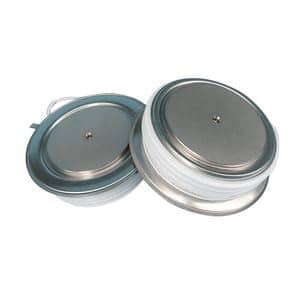
High Productivity Induction Melting Furnace Electrical Oven Thyristor Smelting Stove for Stainless Steel Iron Copper
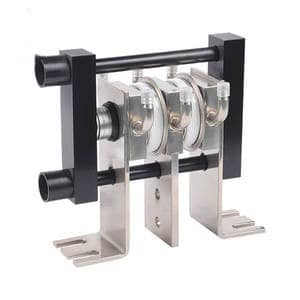
Silicon Mud Smelting Furnace Electric Arc Furnace for Silicon
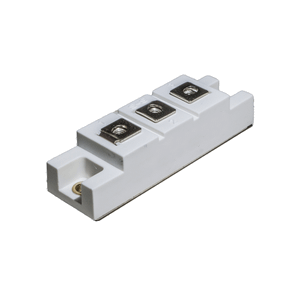
Thyristor for Power Rectifier Power Supply of Induction Furnace
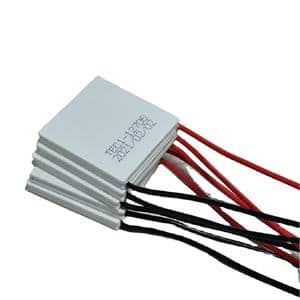
1T Pure Silica Mud Silicon Powder Melting Electric Induction Melting Furnace

Power Factor Save Capacitor & Reactor 7% Harmonic Filtering Capacitor Thyristor Switching Control Reactive Power Compensator



